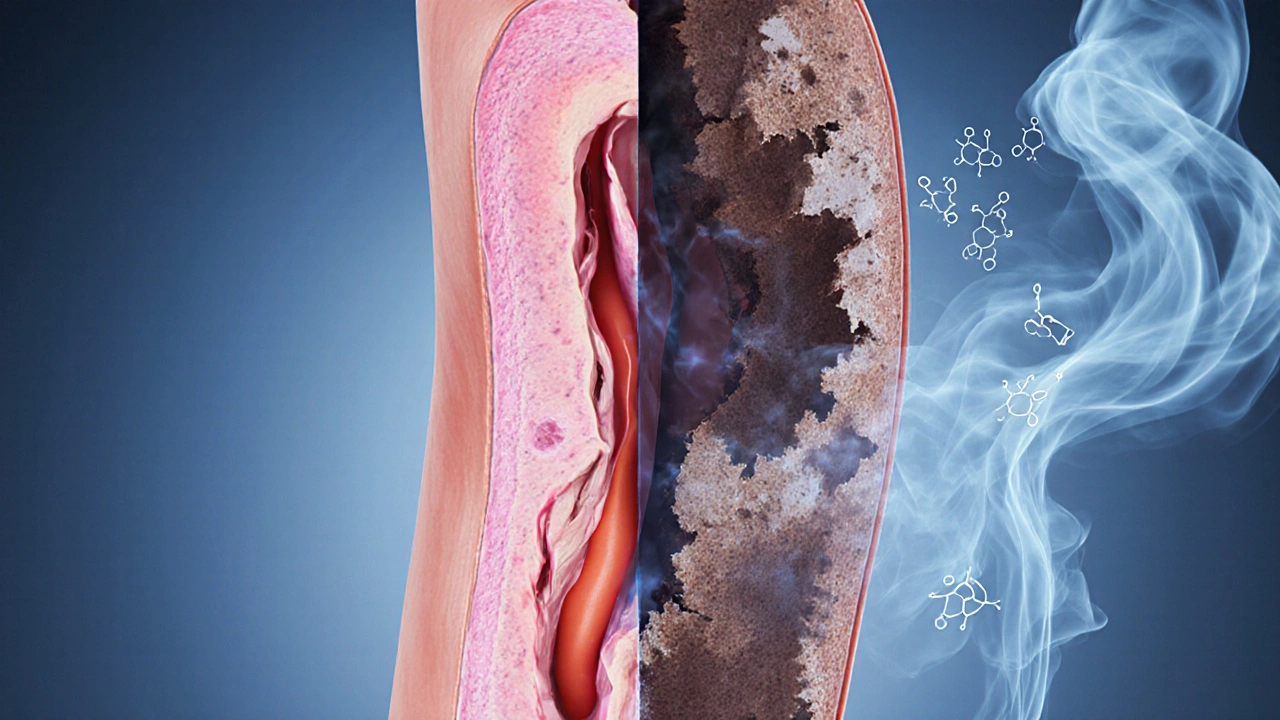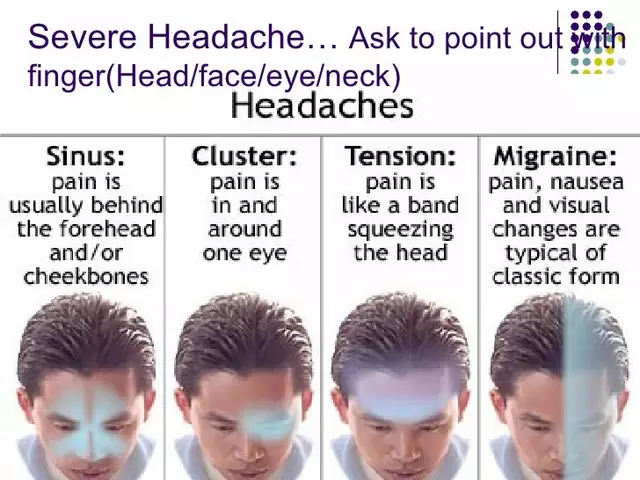Atherosclerosis: What It Is, Why It Matters, and How It Connects to Heart Health
When you hear atherosclerosis, the buildup of fatty plaque inside arteries that narrows blood flow. Also known as arterial plaque disease, it serves as the main engine behind heart disease, a condition where the heart muscle receives insufficient oxygen because of blocked vessels and stroke, a sudden loss of brain function caused by interrupted blood supply. Understanding this chain helps you see why managing plaque matters for overall cardiovascular health.
Key Risk Factors: Cholesterol and Smoking
The two biggest players that drive plaque growth are cholesterol, a waxy substance that, when elevated, sticks to artery walls forming fatty streaks and tobacco use. High LDL cholesterol supplies the raw material for plaque, while smoking introduces chemicals that damage the inner lining, making it easier for cholesterol to stick. Together they create a perfect storm: the artery wall becomes inflamed, smooth muscle cells proliferate, and the plaque hardens into a blockage.
Atherosclerosis also demands attention to blood pressure, diabetes, and diet. High blood pressure exerts force that tears the arterial lining, and hyperglycemia fuels inflammation. Even sedentary habits contribute by reducing good HDL cholesterol that normally helps sweep away excess fats. Each factor adds a layer to the disease, forming an intricate web of cause and effect.
Because plaque narrows vessels, the heart must work harder to pump blood, raising the risk of heart attacks. If a plaque ruptures, a clot can form and completely block flow, triggering a myocardial infarction. In the brain, a similar blockage leads to an ischemic stroke. These outcomes illustrate the semantic triple: atherosclerosis → plaque → heart disease or stroke. Recognizing the chain lets you intervene early.
Prevention starts with practical steps. Eat foods rich in soluble fiber, omega‑3 fatty acids, and antioxidants—they lower LDL and improve vessel flexibility. Exercise at least 150 minutes a week to boost HDL and keep blood pressure in check. If you smoke, quitting removes a major accelerant from the plaque‑formation process. In some cases, doctors prescribe statins or PCSK9 inhibitors to target cholesterol directly, and aspirin may be used to reduce clot risk.
Detecting atherosclerosis early can save lives. Non‑invasive tests like carotid ultrasound, coronary calcium scoring, or ankle‑brachial index measure plaque buildup before symptoms appear. When disease is advanced, interventions such as angioplasty, stent placement, or bypass surgery restore flow. Lifestyle changes remain the foundation, but medical options provide critical support for those at high risk.
Below you’ll find a curated selection of articles that dig deeper into the topics we just covered—comparisons of heart‑related medications, lifestyle guides for cholesterol control, and the latest research on smoking cessation and vascular health. Explore the collection to arm yourself with actionable knowledge and keep your arteries clear.

- Oct 7, 2025
- Posted by Cillian Osterfield
Smoking’s Effect on Vascular Health and Disease Risk
Discover how smoking damages arteries, raises risk for heart disease, stroke, and peripheral artery disease, and learn practical steps to protect vascular health.
Categories
- Health and Wellness (61)
- Medications (45)
- Health and Medicine (22)
- Pharmacy Services (11)
- Mental Health (5)
- Health and Career (2)
- Medical Research (2)
- Business and Finance (2)
- Health Information (2)
Latest Posts
©2025 heydoctor.su. All rights reserved





